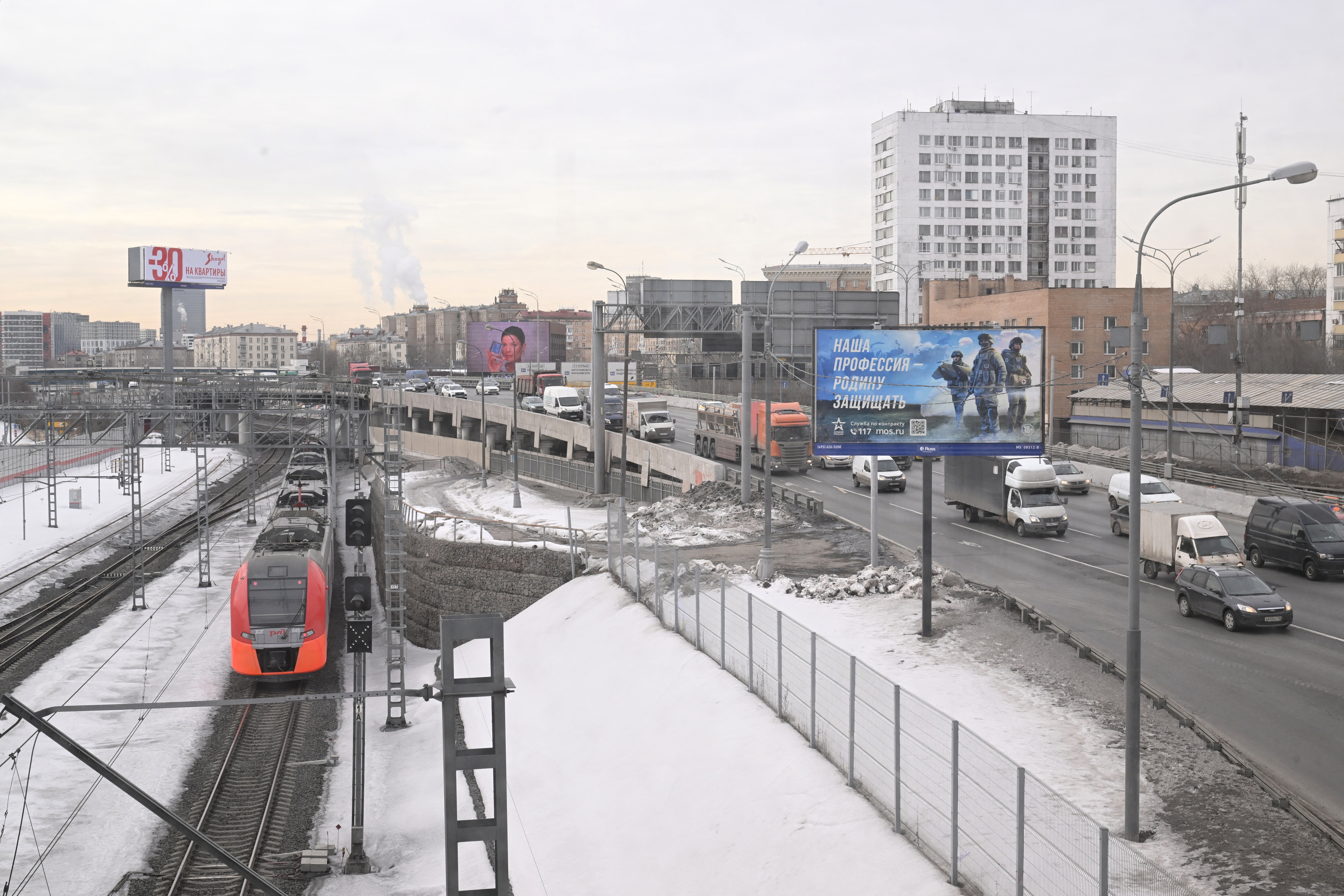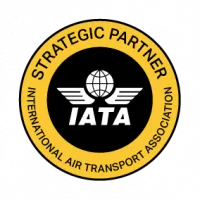Travelling by road is currently the most straightforward way to reach Western Russia from eastern Europe; there are no direct flights
This assessment was issued to clients of Dragonfly’s Security Intelligence & Analysis Service (SIAS) on 22 October 2024.
- The overland route to Russia through Latvia and Lithuania is generally safe for now, but it is plausible that this will change in the coming months
- In addition to sporadic missile strikes, we assess the greatest risk for travellers emanates from prolonged border checks by the Russian authorities
Clients have asked us about the risks of travelling overland from Moscow to Poland. There are no direct flights, and direct train connections are suspended. So for anyone travelling from Eastern Europe to Western Russia driving is the most direct option. The map shows the two main routes by road.
Of these, the one leading through Belarus is particularly risky, not least due to the presence of military units and increased scrutiny on the Poland-Belarus border. On the route that goes through Latvia and Lithuania the main issues are also controls at the Russian border, including lengthy delays as well as detailed security checks.

The security situation along both routes is mostly stable. But President Zelensky recently travelled across the EU to persuade European leaders to let Ukraine use Western long-range missiles against targets in Russia. Such a development – which seems plausible – would probably make overland travel between Europe and Russia more dangerous in the following ways:
- Ukraine quickly intensifying air strikes on military storage and missile launch sites in Russia
- Russia implementing even stricter checks on those leaving Russia, extending already-long waiting times
- Incentivising Moscow to retaliate by seizing assets of foreign companies and detaining employees
A US decision on missile use will probably come within the next month or so. That is based on the timing of planned and proposed high-level diplomatic meetings.
Poland-Belarus border crossing partially militarised
Only Belarusian and Russian citizens are allowed to cross the land border between Russia and Belarus. That is according to the Russian foreign ministry. Third-party citizens either have to fly, or use the Latvia-Lithuania route to enter Russia or Belarus. The Poland-Belarus border is also heavily secured and partially militarised, based on media reports and Polish MoD statements. This means that it is mostly closed and fenced off, with more than 17,000 Polish soldiers along its length. That makes it a much less preferable option for travel rather than through the Baltics.
According to the Polish authorities, the only open border crossing between Poland and Belarus is Terespol-Brest. But this is only for cars and coaches; Kukuryki-Kozlovichi is used for cargo. When crossing between Poland and Belarus, the documents of all conscription-aged men, especially Ukrainian and Belarusians, are thoroughly checked by the Belarusian side. They are often sent back, or in some cases, arrested. That is according to crossing reports from Telegram channels.
Latvia-Lithuania route operational, but strict border checks are probable
The most problematic part of the Latvia-Lithuania route is the border crossings, due to Russian border guards’ scrutiny. There are two main crossings from Russia to Latvia: Grebnevo-Ubilinka and Terehova-Burachki. Both are open for cars and cargo. According to users on Telegram channels, waits at these range from one or two hours up to 24 hours. The authorities on the Russian side in particular take a long time to do checks. Recent crossing reports on Telegram suggest that all cars undergo x-ray checks, and passengers may be questioned.
Interactions with Russian border personnel can be fraught and potentially lead to detention. Based on those same traveller accounts, the Russian authorities will occasionally inspect phones for any illegal content by Russian law, such as defamation of the Russian Army.
Travellers face a high risk of personal cybersecurity breaches. The Russian authorities often pressure travellers to unlock their devices. Press reports also suggest that journalists and activists, especially those who have criticised the war on social media, are at a high risk of detention and prosecution when crossing the border.
Several other groups are also particularly likely to be subjected to additional checks. Those include Central Asians, both at the border and any other police checkpoints; this is because of discrimination and hostility towards migrants, fuelled by recent terrorist attacks in Russia by Islamic State Khorasan. And there is a strong chance that anyone outwardly identifiable as LGBTQ+ will face discrimination by Russian officials, such as verbal harassment. Another risk is petty extortion by traffic police in Russia, especially when driving a car with European number plates.
Safety and traffic on the roads
There is a low potential for drone and missile attacks along the Russian section of the Latvia-Lithuanian route. Data provided by our partner the Armed Conflict Location and Event Data (ACLED) show that between February 2022 and September 2024, there were 39 drone-related explosions in Moscow, Tver, Smolensk and Pskov oblasts. Some were close to the M9 highway just before entry into the Pskov region and around Smolensk on the E-30 road. In these areas, Ukraine targets Russian military facilities in proximity, rather than the highway itself.
We would anticipate any drone strike near Moscow to worsen traffic on the MKAD belt road. This is especially true if major airports (Sheremetyevo, Domodedovo, Vnukovo) are temporarily closed, which is often the case during Ukraine’s drone attacks in the proximity of airports.
Heavy traffic is a daily occurrence during peak time on MKAD towards M-9/E-30. We have seen no other reported interruption until the Latvian/Belarusian border. Based on recent Google Maps alerts, traffic jams also occur frequently around Dagda, and Kraslava in Latvia, and Utena in Lithuania. Regional roads in Latvia may be in poor condition, but highways (A13/A6) resume from Daugavpils through Lithuania to Poland.
Winter likely to worsen road conditions
We anticipate driving conditions on both routes to worsen in the coming months. Temperatures during winter months (mainly around November-March) usually drop to a minimum of around -15°C, leading to icy and snowy roads. This will probably lead to treacherous conditions, and intensify queues at both crossings through Belarus and Latvia in terms of cargo transportation. For example, more than 1,000 trucks are typically queued at each crossing, leading to multi-day wait times.
Image: Cars drive past a billboard promoting contract army service and reading “Our job is to defend the Motherland” in Moscow, Russia, on 6 March 2024. Photo by Natalia Kolesnikova/AFP via Getty Images.




